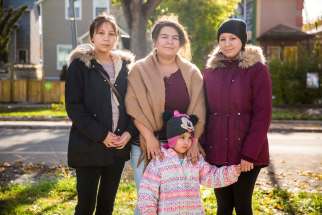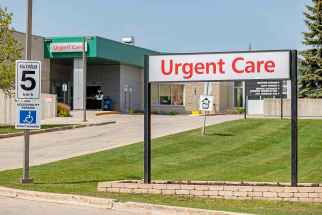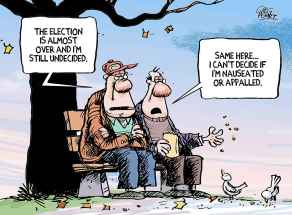Unusual plans emerge as election looms
Read this article for free:
or
Already have an account? Log in here »
To continue reading, please subscribe:
Monthly Digital Subscription
$0 for the first 4 weeks*
- Enjoy unlimited reading on winnipegfreepress.com
- Read the E-Edition, our digital replica newspaper
- Access News Break, our award-winning app
- Play interactive puzzles
*No charge for 4 weeks then price increases to the regular rate of $19.00 plus GST every four weeks. Offer available to new and qualified returning subscribers only. Cancel any time.
Monthly Digital Subscription
$4.75/week*
- Enjoy unlimited reading on winnipegfreepress.com
- Read the E-Edition, our digital replica newspaper
- Access News Break, our award-winning app
- Play interactive puzzles
*Billed as $19 plus GST every four weeks. Cancel any time.
To continue reading, please subscribe:
Add Free Press access to your Brandon Sun subscription for only an additional
$1 for the first 4 weeks*
*Your next subscription payment will increase by $1.00 and you will be charged $16.99 plus GST for four weeks. After four weeks, your payment will increase to $23.99 plus GST every four weeks.
Read unlimited articles for free today:
or
Already have an account? Log in here »
Hey there, time traveller!
This article was published 17/10/2019 (2246 days ago), so information in it may no longer be current.
Canadians could be in for a very different looking Parliament after the Oct. 21 federal election.
With public opinion polls still showing the Liberals and Conservatives locked in a statistical tie, a minority government seems a near certainty.
What remains unknown is whether that minority will be a Liberal or a Conservative one, and who will hold the balance of power.
But that’s not all. A new wrinkle has been added to the mix that Canadians should be paying close attention to — NDP Leader Jagmeet Singh mused over the weekend that he would be prepared to form a coalition government with the Liberals — a rarity in Canadian politics, and one we haven’t seen at the federal level in more than 100 years.
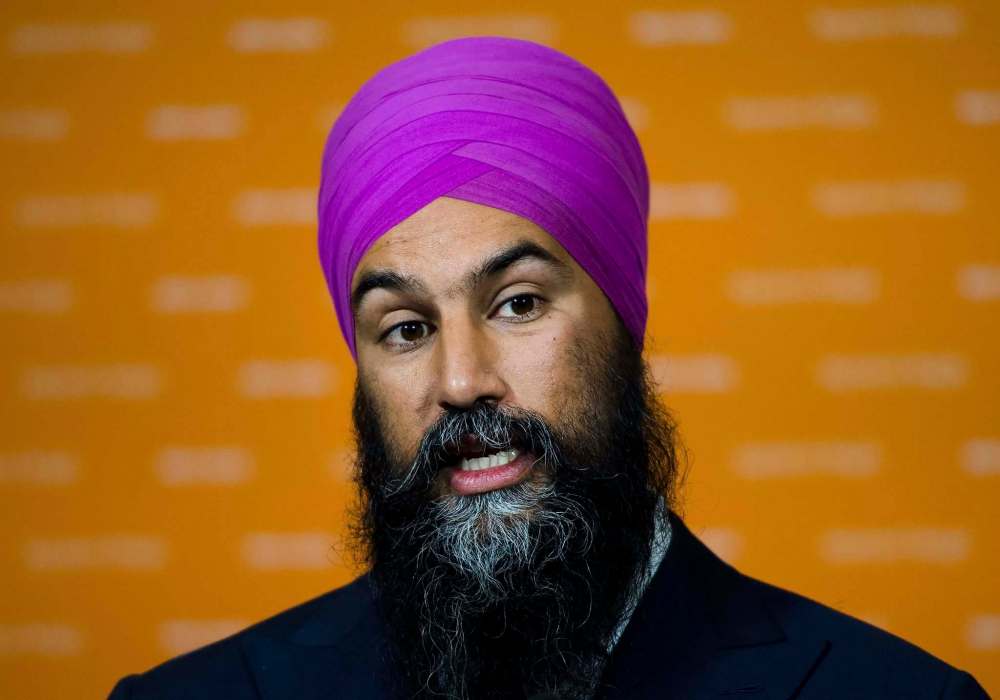
Mr. Singh said he would be prepared to do so to prevent the Conservatives from winning power, even if Andrew Scheer’s party won more seats than the Liberals.
Canadians might wonder how a party that wins a plurality of seats could be denied government. It seems counterintuitive. However, under Canada’s parliamentary system, unless a party wins a majority of seats in the House of Commons, there’s no guarantee it will form government.
Normally, a party that wins the most seats but falls short of a majority forms a minority government. In order for that to work, government needs the co-operation of one or more parties to maintain the confidence of the House. That typically means negotiating with opposition parties to secure their support on confidence votes, such as budgets and throne speeches.
Canadians are accustomed to minority governments, having been governed by them three times in the past 15 years (one Liberal and two Conservative). What they’re not used to are coalition governments, which Canada hasn’t had at the federal level since 1917 under then-prime minister Robert Borden.
Unlike regular minorities, coalitions are formal partnerships involving two or more parties that agree to govern jointly. Each party typically has cabinet representation and real input into decision-making.
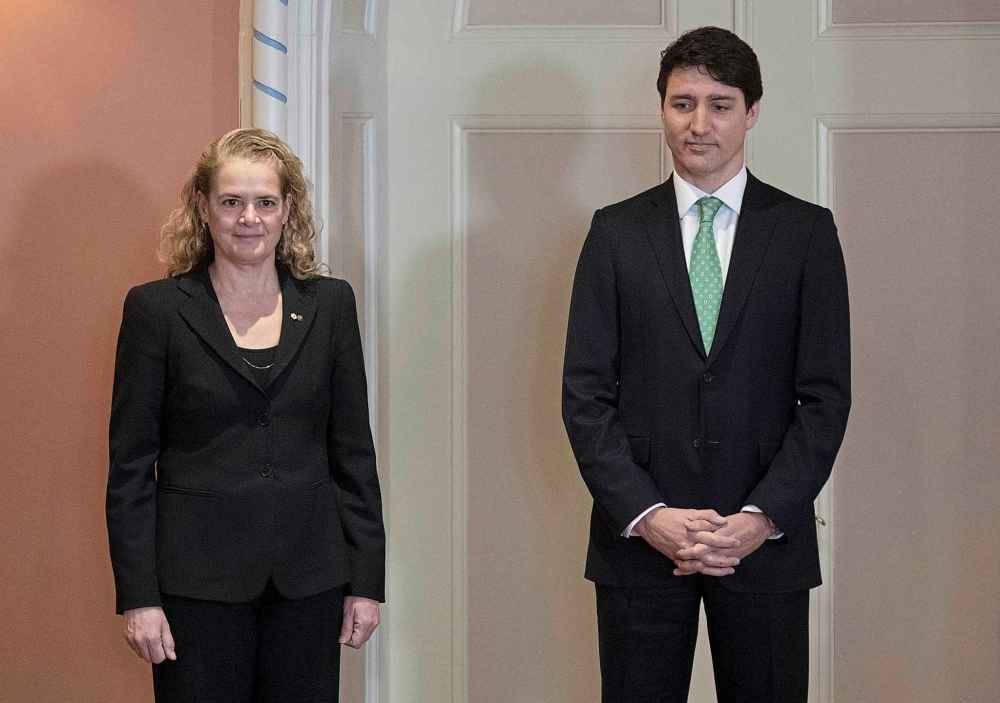
If the Liberals win fewer seats than the Conservatives and neither secures a majority, Gov. Gen. Julie Payette may ask Justin Trudeau to form government. That’s because under Canada’s parliamentary system, prime ministers remain in office throughout elections and retain power until they lose the confidence of the House. Mr. Trudeau would likely have first right of refusal to form government, even if he wins fewer seats than the Conservatives. He could attempt to do so under a traditional minority setting with informal support from other parties. Or he could negotiate a coalition government.
None of this is a slam dunk, however. If neither party wins a majority of seats and the Conservatives have a significant plurality, the governor general would be hard pressed not to offer Mr. Scheer first crack at forming government. Still, the Conservative leader would have to demonstrate he has enough support from other parties to govern.
In a minority setting, the governor general has to decide who has the best chance of maintaining the confidence of the House. That decision isn’t always a straightforward one in our parliamentary system.
It’s an unusual scenario but something Canadians should be prepared for as we get closer to election day.


